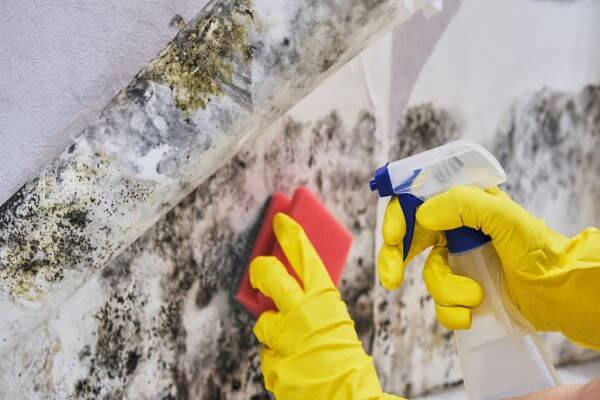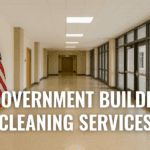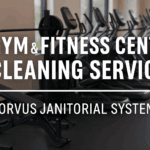Mold and mildew are often referred to together as if they are interchangeable. However, mold and mildew are two species of fungus that pose different threats. If your environment is affected by mold or mildew, understanding their differences will enable you to take the proper course of action.
Mold and Mildew: Defined
Mold and mildew are both fungi that grow in moist, confined spaces. Both strains form in a wide variety of environments and quickly spread to various locations by releasing microscopic spores into the air, searching for the right conditions.
Mold is the result of larger infestations and can take on a variety of appearances. When it grows on any substance, these fungi develop in the form of filaments that look like little hair, called hyphae. The color of mold can vary depending on where it is growing. Hence, a green mold can often appear as black, orange, pink, or even purple. If untreated, mold poses serious health hazards that can result in prolonged damage. Some strains of mold are toxic, making it all the more important to take immediate action when an infestation occurs.
Mildew is a type of mold defined at its earliest stage. It grows on top of surfaces and, when identified, is easy to control. It appears white or grey in the early stages but can eventually turn brown and is shaped like small, flat dots. Mildew is common in bathrooms, particularly on shower walls. Other common areas include washing machines and damp basements.
Effects of Mold and Mildew on Human Health
Both mold and mildew present a serious threat to our health and wellbeing. They release spores, which humans then inhale.
Exposure to such toxic air can cause headaches, nausea, nasal congestion, itchy and irritated eyes, and more. Although molds and mildews do not attack people directly, their spores are allergens, making those with asthma and weak immune systems especially vulnerable.
How to Eliminate Mold and Mildew from Your Workplace
Completely removing mold and mildew is the most effective approach to protect health and prevent permanent damage in buildings as soon as it’s identified.
Before you begin, ensure you have the following tools: a mask, goggles, gloves, a good cleaning product, a spray bottle, and a few sponges. Masks will protect you from breathing in spores, and goggles will ensure they do not get into your eyes.
Bleach, water, white vinegar, and hydrogen peroxide are everyday household items you can use to remove mold and mildew effectively. Create a solution of one part bleach to three parts water in your spray bottle. Apply the solution to the affected area and allow it to dwell between 10-20 minutes. Then, remove the mold or mildew using your scrubbing brush. Repeat this process as you find it necessary. Once removed, create a mixture of half white vinegar and half hydrogen peroxide in a separate spray bottle. Spray the mixture on the cleaned area and let it air dry.
Conclusion
In conclusion, the easiest way to distinguish between mold and mildew is by how they look. Mold is darker and often fuzzy. Mildew has lighter hues, is always flat, and appears as small dots. Keeping your space clean, increasing ventilation by opening windows or installing fans, and using dehumidifiers are some measures one can take to prevent mold and mildew from forming in the first place. If the issue becomes too much to bear, consider hiring professional cleaners to handle it. The cleaning crews at Corvus Janitorial Systems are highly-trained professionals committed to giving your workspace the high-quality service it deserves. More information on the commercial cleaning services we provide can be found right here.













